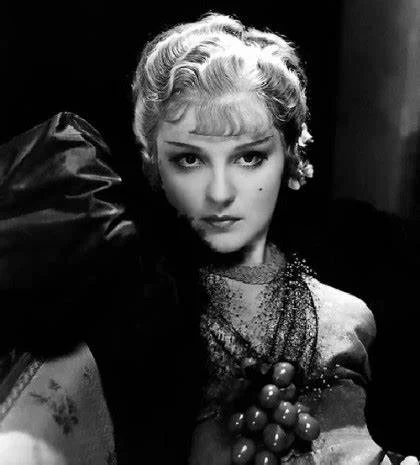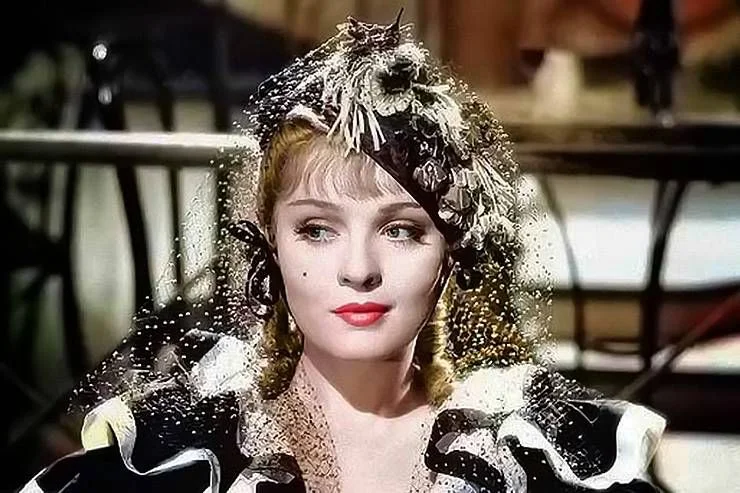ANNA STEN (Anna Petrovna Fesak) was an actress of stage and screen, an artist, an acting studio teacher, and a presenter on television and radio. She was the star of European cinema and the first Ukrainian representative in Hollywood.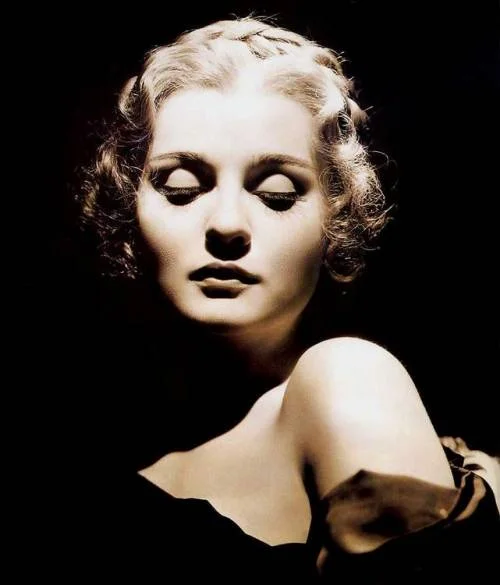
Anna Sten
SHE WAS LOVED IN BOTH THE USSR AND EUROPE
It is an unbelievable but true story: after almost four years spent in Germany after escaping from the USSR in 1928, Anna Fesak, under the artistic pseudonym “Anna Sten”, became a film star of European cinema and played in movies in France. The 20-year-old actress had arrived on the banks of the Rhine river after she had already been recognized as an actress both in her native Kyiv and throughout the USSR. Fesak-Sten made her debut in the espionage film “Miss Mend” (1926), which became the USSR’s highestgrossing film of the 1920s.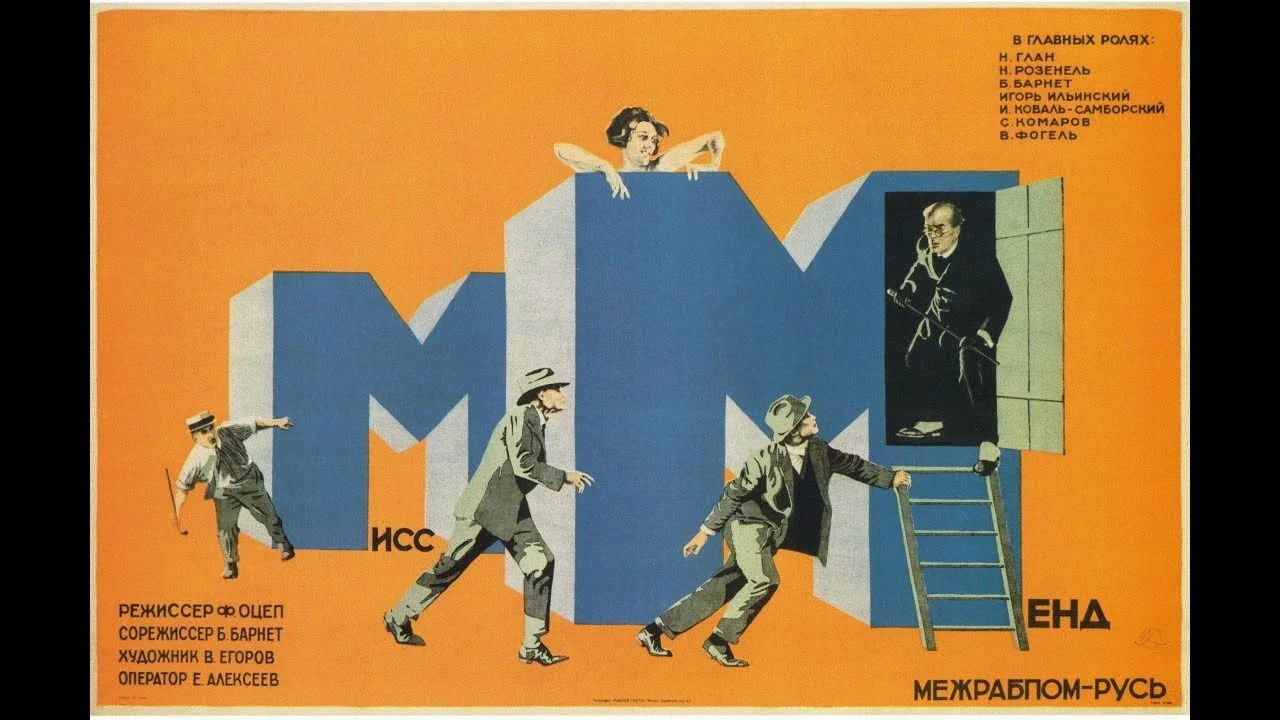
The poster of Anna Sten’s debut film, Miss Mend, 1926
Anna was not even 18 at the time, and she had a secondary role in that film. In 1927, Sten starred in the comedy “The Girl with a Hatbox” and the drama “Earth in Captivity”, and in three more films during the next year. One of them, “The White Eagle”, was filmed in Germany, and the Kyiv-born girl decided to stay there. Thus, without any exaggeration, she could be said to have become a movie icon in Europe.
Sten was admired equally in Berlin and in Paris. In 1931, her creative career expanded by starring in the films “Storms of Passion,” “Bombs on Monte Carlo” and “Salto Mortale.” She caused a real sensation when she played the character Gruschenka in the film “The Murderer Dimitri Karamazov”. She also received a bunch of proposals from European directors. 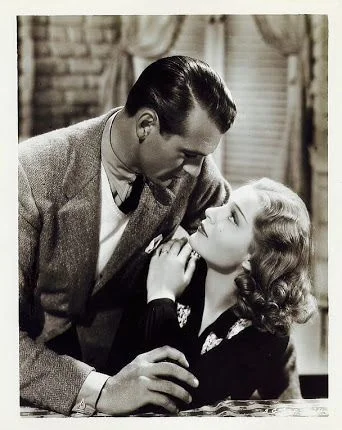
Anna Sten with Gary Cooper in “The Wedding Night”, 1935.
In 1932, the actress met the American producer Samuel Goldwyn. He was thrilled and said: “This is the most significant day of my career. She is something special, she is a star.” He invited Anna to the US. On the other side of the ocean, Sten would become the first Hollywood star from Ukraine to play more roles in the US than in Europe and would receive the Venice Film Festival Award for her role in the movie “The Wedding Night” (1935). However, her destiny in America was not easy going.
AMERICANS DIDN’T ACCEPT “NEW GRETA GARBO”
She was in a foreign country, with a new producer, and in an unfamiliar environment. Most importantly, she was dealing with a completely different cinema concept: in Europe it was about emotions, in America it was about spectacle; in Europe it was “that is unbelievable”, and in America “Of course I believe it.” Furthermore, as Pushkin said, one can’t harness a trembling deer and a stallion to the same cart.
Later, Samuel Goldwyn confessed that he had intended to “create” a new Greta Garbo out of the girl from Kyiv, and he launched a frenzied advertisement campaign about her.
Anna Sten
Perhaps that is why the viewers did not even try to see the actress’s personality, her talent, or to evaluate her professional skills: they were simply looking for similarity between the two actresses. Add to this the “mystery of the Slavic soul” that can hardly be understand by Americans, and her relatively poor English (studied it an entire year), and the verdict would not be in favor of this first-rate actress. Really, there was a choice: she either had to bend to the Hollywood traditions, or instead to keep playing in her own style and gradually slip into secondary roles.
Goldwyn found a third option: to bring Sten back to the center of attention. Three films in a row were shot with Sten: “Nana,” “We Live Again” (both in 1934) and “The Wedding Night” (1935). The critics praised Anna’s performance as well as for her appearance, as she was frequently recognized as one of Hollywood’s top beauties. However, audiences continued to view her only in comparison to Garbo. Well, they never saw a “new Garbo” in Anna and did not rush to pack the cinemas.
The French film critic Jean-Loup Passek later stated: “Anna Sten remains a tragic representative in the world of Hollywood stars of the great epoch.” Goldwyn himself believed for the rest of his life that he messed up by inviting a European star to Hollywood, because after 30 years of her film career in the USA she starred in only 14 films. In the interview that Anna gave shortly before her death, she said that she did not regret anything and was happy to have been able to remain herself.
INTERESTING FACTS
- Anna Sten’s mother was a Swedish dancer at the Kyiv Opera and Ballet Theater.
- From her mother, the future actress inherited the right facial features, blue eyes and blond hair. Anna took part in circus performances from the age of 12.
- Anna’s first husband (1927) was one of the most famous Soviet directors of the time, Fedor Ozep. During four years of marriage he managed to have his wife star in four films. Before 1929, the actress Sten was filmed alternately in Moscow and Kyiv.
- According to a legend invented for journalists, the Kyiv-born woman met her second husband, director Eugene Frenke in 1932 in the US when her car hit the car of a stranger, and she “ fell in love with him at first sight.” In fact, the meeting happened a year earlier on the set of the movie “The Murderer Dimitri Karamazov,” where Frenke was the producer. Anna was still married to her first husband at the time.
- In 1936, she appeared in another film by Frenke, “A Woman Alone,” with a screenplay written by her first husband, Ozep. Alexander Vertinsky dedicated a song to her: “To the Actress” (1934).
- In 1935, the legendary singer and film actor Maurice Chevalier was asked to identify the three most beautiful actresses in the world at the time. He named Greta Garbo, Marlene Dietrich and Anna Sten.
- The last film that she acted in was “The Nun and the Sergeant,” 1962.
- Anna refused all subsequent offers, she wanted to remain in the memory of the audience as a beauty, not as an elderly woman. 
Anna Sten and Fedor Ozep
FROM THE DOSSIER OF ANNA STEN
• Sten was born on Dec. 3, 1908, in Kyiv.
• She studied at the Kyiv Ballet School and the State Theater Institute.
• Anna made her movie debut in a minor role in 1927. She ended her film career in 1964. In total, she was in 35 movies, mostly playing leading roles.
• The actress was also interested in painting. Her works have been exhibited at the Boston Museum and also in a number of European countries.
• She died on Nov. 12, 1993, in New York City.
• Anna Sten’s fate is described in the books “Hollywood” and “The Ukrainian Heritage in America” by Garson Kanin, published in the United States.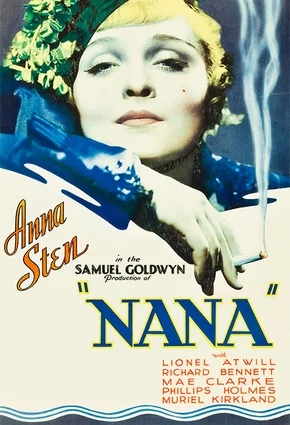
This article by Nadiia Avramchuk and Mykola Sukhomozsky is reprinted with the publisher's permission from the book (UN)Celebrated Ukrainians Who Changed the Course of History, SAMIT-KNYHA, Kyiv, 2020.
JOIN US ON TELEGRAM
Follow our coverage of the war on the @Kyivpost_official.
You can also highlight the text and press Ctrl + Enter



